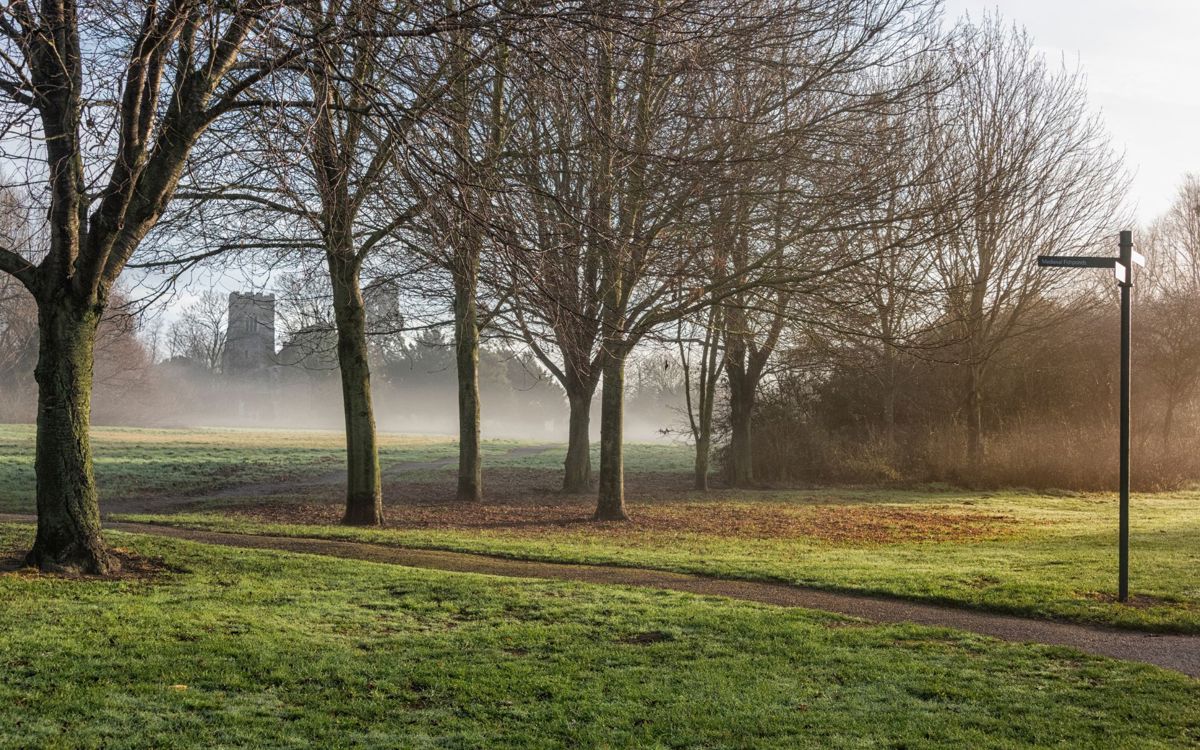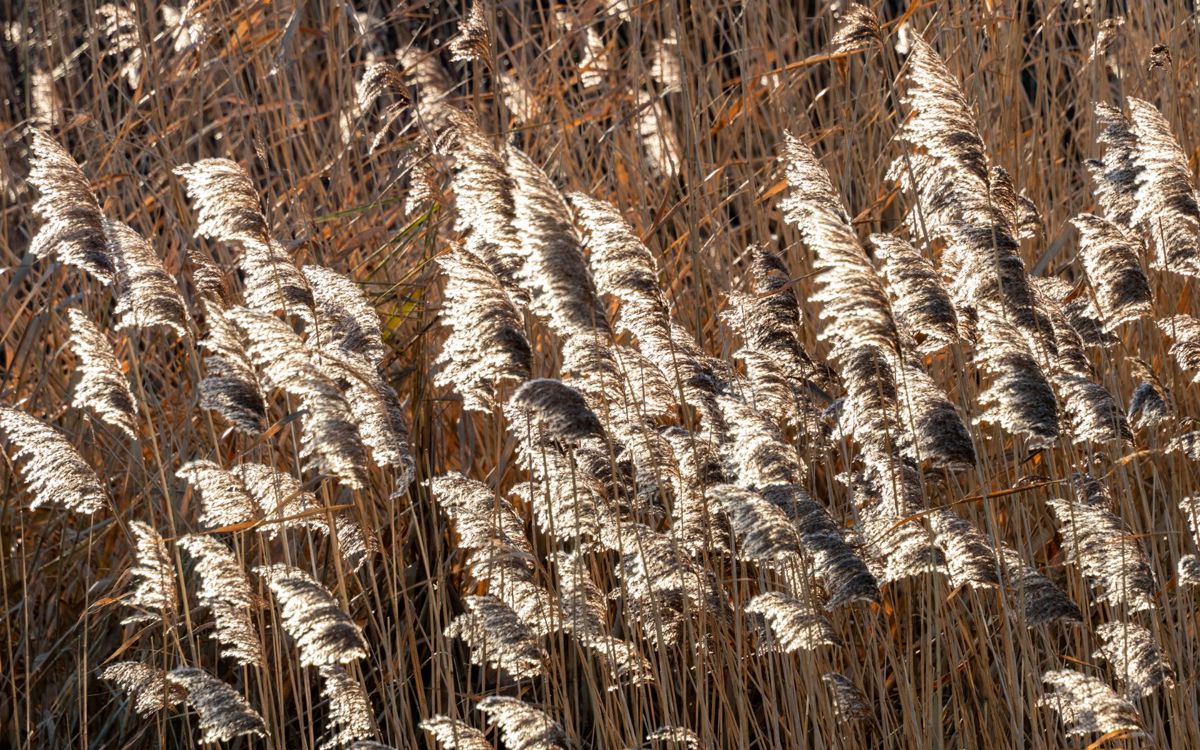Middleton
With a fascinating history, the park features informal meadows, long grass, ponds and is home to a variety of wildlife.
Facilities

About Middleton
The four fishponds at Middleton (Milton Keynes Village) were originally part of a larger group of earthworks which included a moated site to the west of All Saints' Church. These artificial ponds were probably constructed in the early fourteenth century by the lord of the manor of Milton Keynes, Philip de Aylesbury, who also held several other manors in north Buckinghamshire. The site is now a scheduled ancient monument.
The ponds were originally fed with water directly from the water table, and also by a leat from the nearby moat. Adjoining ponds would have been linked by a series of timber sluices, which were used to regulate water levels, and allowed individual ponds to be drained for cleaning. Today the ponds have been re-landscaped and water is supplied by rainfall recharging the ponds and underlying gravel, or through surface water run-off from local housing, providing a modern day solution to water management.
In 2021 we started working with Community Trees: MK, along with Broughton and Milton Keynes Parish Council to enhance an area of Middleton Park, improving the habitat for wildlife by creating a woodland meadow. As part of this project, 5,610 trees have been planted with the help of 34 Milton Keynes schools. We have also built beetle and bug banks and carried out maintenance and mulching of the area with schools and home educator groups.

Wildlife
The ponds are used by breeding amphibians, including frogs, toads, smooth newts and the European Protected Species Great Crested Newt. These are also known as 'warty newts' as they are dark in appearance with a white spotty complexion on their face and a bright yellow underside with black dots, which are as individual as a fingerprint. Male Great Crested Newts have a silver streak along both sides of their tails, and in the breeding season have a visible crest.
Reed buntings can be seen flitting through the pond vegetation feeding on seeds and insects. Keep a look out for insects that use the ponds such as water beetles, caddis flies and dragonflies.
Click on the + icons below to find out information about visiting the park.


